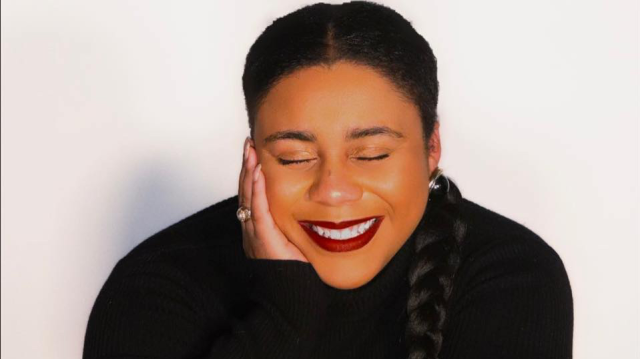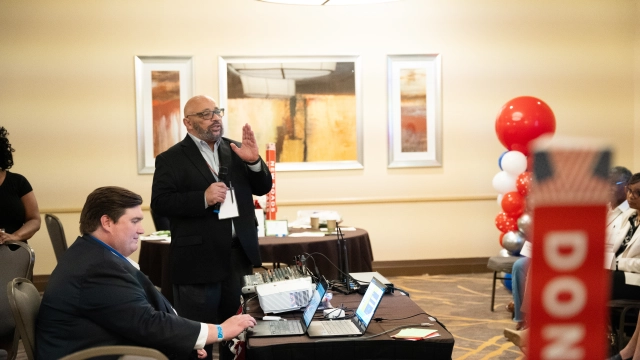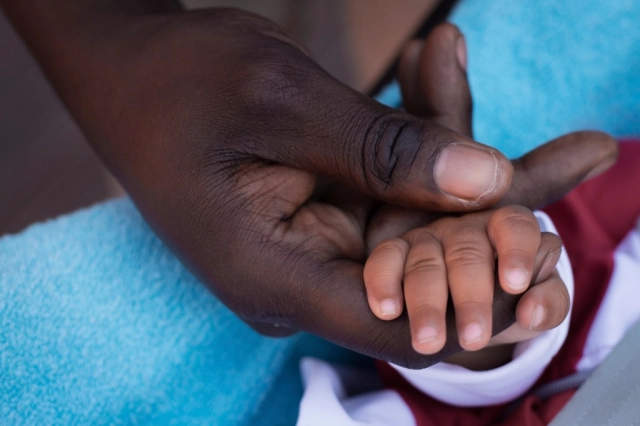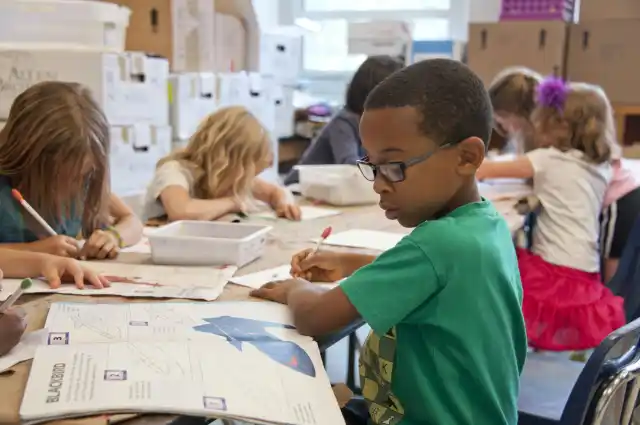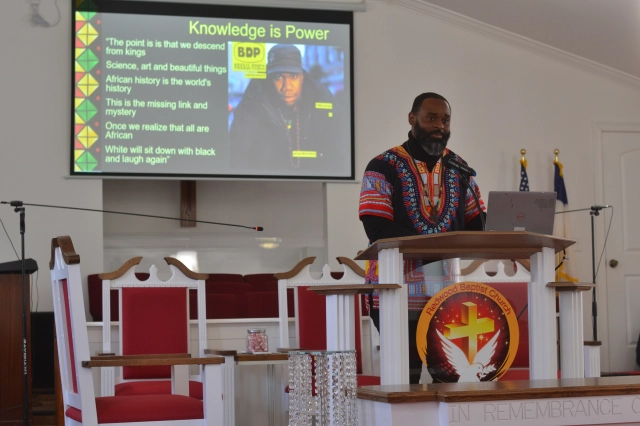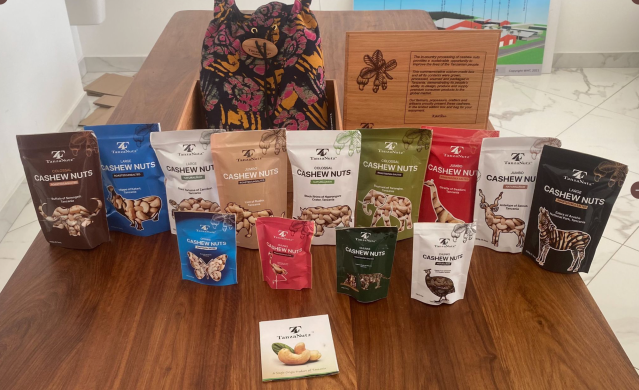Legislature’s lone Black photojournalist continues 4th decade

For more than 40 years, photographer James Terry III has been capturing the untold moments of history as it occurs throughout the state of Louisiana.
From social and sports events throughout Baton Rouge to hurricanes and civil rights demonstrations including the March on the Mansion and Jena 6, the community knew to expect Terry to show up with his camera and photograph every moment.
An aggressive photojournalist, Terry, 60, takes his role seriously and pushes himself and other photographers to capture the heart and soul of an event. In 2009, when NBC News contacted him to cover the Jena 6 march. After talking with number of folks from the area, he was able to contact sources from small towns surrounding the city and rally together celebrities, radio and talk show hosts, and concerned citizens for the story.
His photography spanned art, food, sports, and fashion. All of the times working with these different photography topics, it has helped him better his craft of photography. “Each one of these areas was a different discipline of photography,” Terry said. “I had teachers in each of these areas that helped him distinguish what was different with each style of photography.”
Terry showed interest in photography at the age of 16, taking photos at church.
“Churches are usually where most photographers start at. That’s why I’m so comfortable being around churches,” Later, he starting shooting for newspapers, then wire services. He was photographer for the Southern University Digest and the Baton Rouge Newsleader.
In 1968, while in high school, he photographed Scotlandville High basketball team while Harleen Ivey and Melvin Kip Holden, reporters from the Newsleader, wrote stories.
After meeting with the staff, his pictures began appearing in the Newsleader every week. He became the first fashion editor of the Black Legion magazine.
One of Terry’s most standout work is the six-book Willie Harris Collection, a collection of 40,000 photographs that were taken by former Southern University police chief Willie Harris dating back to 1949. He stumbled on Harris’ photos in 1995 while walking his dog through the Southern Heights neighborhood. He saw eight bags of photos containing 30,000 black and white, 8″x10″ photos and 20,000 5″x7″ photos total on the curb. Terry called friends to help take home the photos and began archiving each photo into 128 albums.
For two years, he traveled the state with the albums and photos on an unofficial tour to get the community’s help in identifying each person in the photos.
While working on the Willie Harris Collection, Terry realized that each photographer in Baton Rouge has a different purpose and focus on their work of art. “For many years I was just photojournalists until I found these pictures and I realized I was in the same competition with these photographers,” he said. “I had realized we were on a same skill level but different disciplines. One thing I noticed was that we all were going die one day& what’s going happen with our pictures once we gone. We all had something to teach next generation like Willie Harris did.“As a photographer, I needed to do something to help other photographers to teach their lesson because in the future, folks will look at my works and say you know something, Willie Harris works engross this area in Louisiana, but my works are worldwide.
Naville J. Oubre III, one of the photographers who helped work on The Willie Harris Collection”, admires Terry’s passion for photography. He lived and breathed photography,” Oubre said. “If you took away his cameras you might as well put him six feet under.”
Terry brought both Oubre and other fellow photographer Chris Rogers to help him create and finish the final product of The Willie Harris Collection. “He called me, as well as Chris Rogers, to help him move some Kodak boxes from the side of the road,” he said. They had no idea what was in the boxes so they sorted them out only to find thousands of photos and negatives pertaining to the Scotlandville community.
Terry loves being able to write the history that a lot of African Americans are not fortunate enough to witness or hear about.
What kept the collection going was the large number of pictures and the history of people that were in it as well. Each picture that was throughout the collection helps tell a story about someone or something that was going on.
“All stories are like that,” Terry said. “I had stories of people doing extraordinary things. You really wouldn’t think about it.” He reminds the readers that each picture in his book tells a different story about the person or people in the picture. He has captured and published historical timeline of photos in the 6-book Willie Harris Collection. “Watching something you created with a tool come out to be a finished product, it was exciting and it was a exciting watching people look at your picture like “you remember this picture…I like taking pictures that will bring smiles to different faces.”
The collection includes Our Story, Our Glory; More Glory, Spirit of the People, Tribute, Freedom’s people, Image of Gloryland, Jena 6, Old South Baton Rouge, History of Louisiana NAACP, and The History of Blacks in Law Enforcement in Louisiana.
“It sort of became a part of him,” Oubre said. “It was a good thing he did. Even though it was someone else’s photos, he saw the importance of preserving the history of the Black community through the photos.”
Terry’s photos are published in The Baton Rouge Weekly Press and distributed throughout the state to all media. His next projects are photobooks dedicated to former Southern University football coach Pete Richardson and football legend Coach Eddie Robinson.
By James Teague The Drum reporter
This article was originally published in the May 2013 issue of The Drum newspaper.

